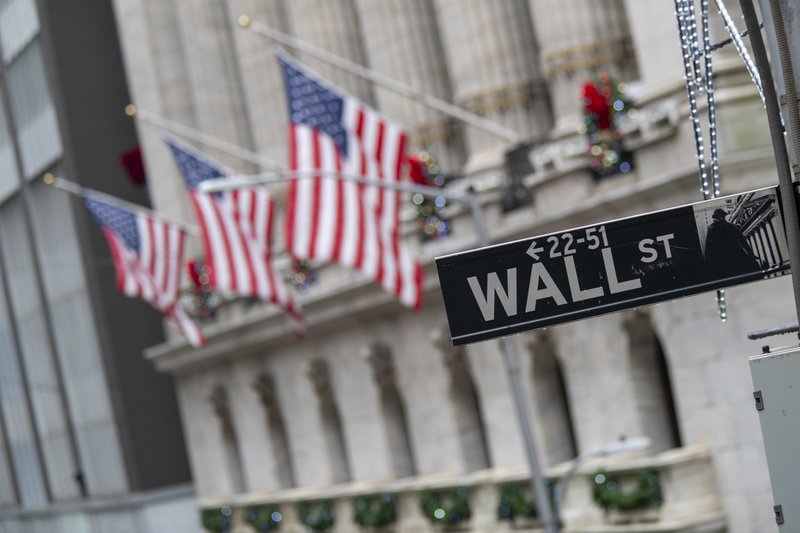Wall Street’s three main indexes ended sharply higher on Friday as September retail sales unexpectedly rose and many companies reported strong earnings. U.S. retail sales rose 0.7% in September compared with economists’ estimate of -0.2%, while strong U.S. corporate earnings reports fueled optimism about the economy.
It is also important to say that the Initial Jobless Claims for the week ended October 8 fell to 293 K, and the pace of recovery is likely sufficient for Fed officials to follow through on plans to announce tapering at the November FOMC meeting.
Are you looking for fast-news, hot-tips and market analysis?
Sign-up for the Invezz newsletter, today.
Results from big financial institutions provided a strong start to third-quarter U.S. earnings, and Goldman Sachs rounded out a week of strong quarterly earnings for the big banks. The credit quality continues to improve; still, global supply chain issues represent a serious problem for the economy.
Investors will continue to watch signs of impacts from supply chain disruptions and higher costs carefully, especially for energy, but according to estimates, third-quarter S&P 500 earnings should show a 32% rise from a year ago. Peter Tuz, president of Chase Investment Counsel in Charlottesville, Virginia, added:
We’re starting to get into an earnings-driven rally here that I hope lasts. We’ll really see the results in the next couple of weeks as a great bulk of companies in all sectors report.
Next week, Johnson & Johnson, United Airlines Holdings, Procter & Gamble, Verizon Communications, American Express, and Intel are among the companies scheduled to report quarterly results.
Wall Street’s three main indexes also ended higher on a weekly basis and continue to trade in a bull market. The S&P 500 index rose 1.8%; the Dow Jones Industrial Average advanced 1.6%, while the Nasdaq Composite Index gained 2.18% and closed at 14,897 points.
S&P 500 up 1.8% on a weekly basis
For the week, S&P 500 (SPX) booked a 0.51% increase and closed at 4,471 points.

S&P 500 continues to trade in a buy zone; still, if the price falls below 4,300 points, it would be a “sell†signal, and we have the open way to 4,200 points.
DJIA up 1.6% on a weekly basis
The Dow Jones Industrial Average (DJIA) advanced 1.6% for the week and closed at 35,294 points.

The current resistance level stands at 35,500 points, and if the price jumps above this level, we have the open way to strong resistance at 36,000 points. On the other side, if the price falls below 34,000 points, it would be a firm “sell†signal, and the next target could be around 33,500 points.
Nasdaq Composite up 2.18% on a weekly basis
For the week, the Nasdaq Composite (COMP) booked a 2.18% increase and closed at 14,897 points.

If the price jumps above 15,000 points, it would be a bullish confirmation for this index. The strong support level stands at 14,000 points, and if the price falls below this level, it would be a strong “sell†signal.
Summary
Dow Jones, the S&P 500, and Nasdaq ended higher last week as September retail sales unexpectedly rose and many companies reported strong earnings. Results from big financial institutions provided a strong start to third-quarter U.S. earnings, but investors will continue to carefully watch signs of impacts from supply chain disruptions.
Where to buy right now
To invest simply and easily, users need a low-fee broker with a track record of reliability. The following brokers are highly rated, recognised worldwide, and safe to use:
- Etoro, trusted by over 13m users worldwide. Register here >
- Capital.com, simple, easy to use and regulated. Register here >





